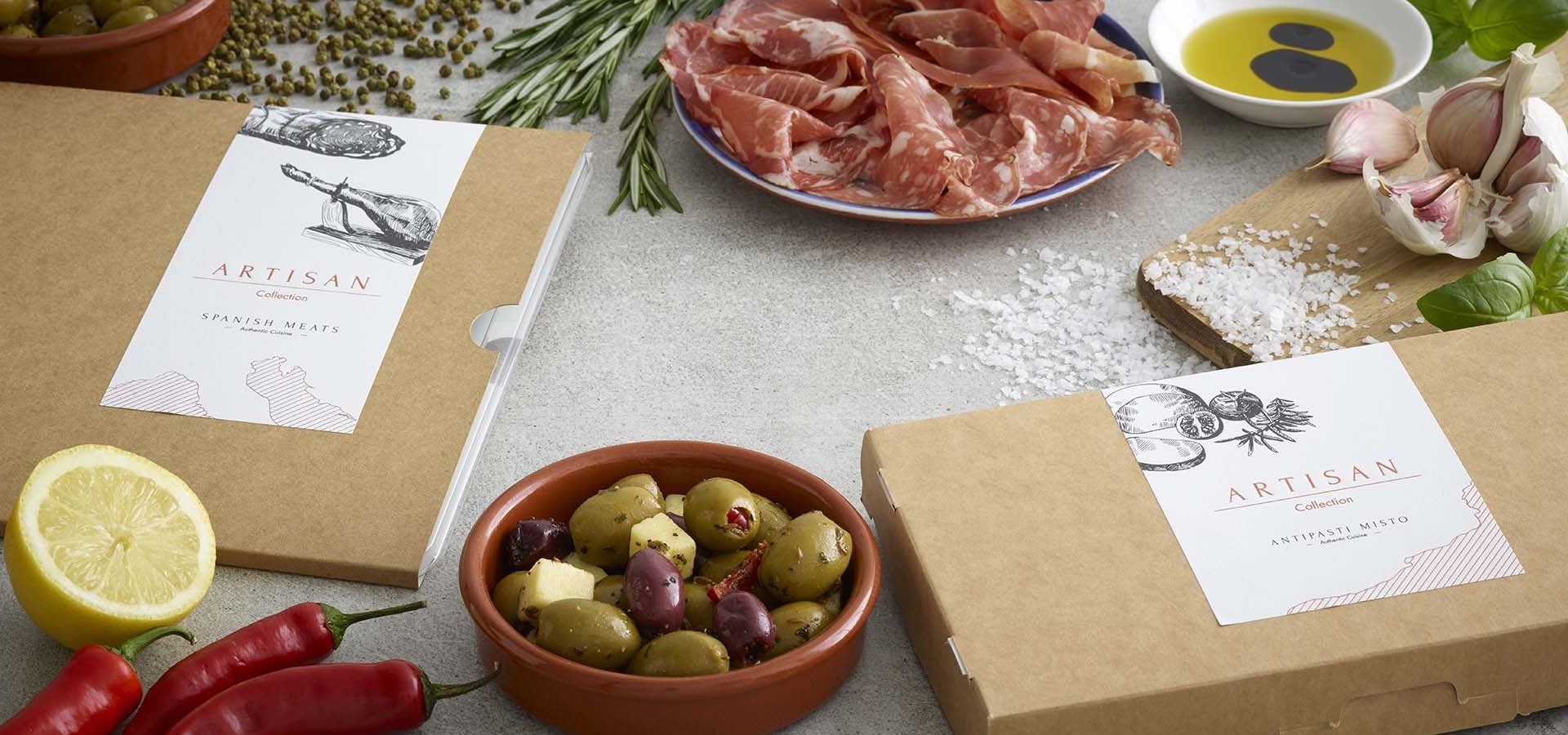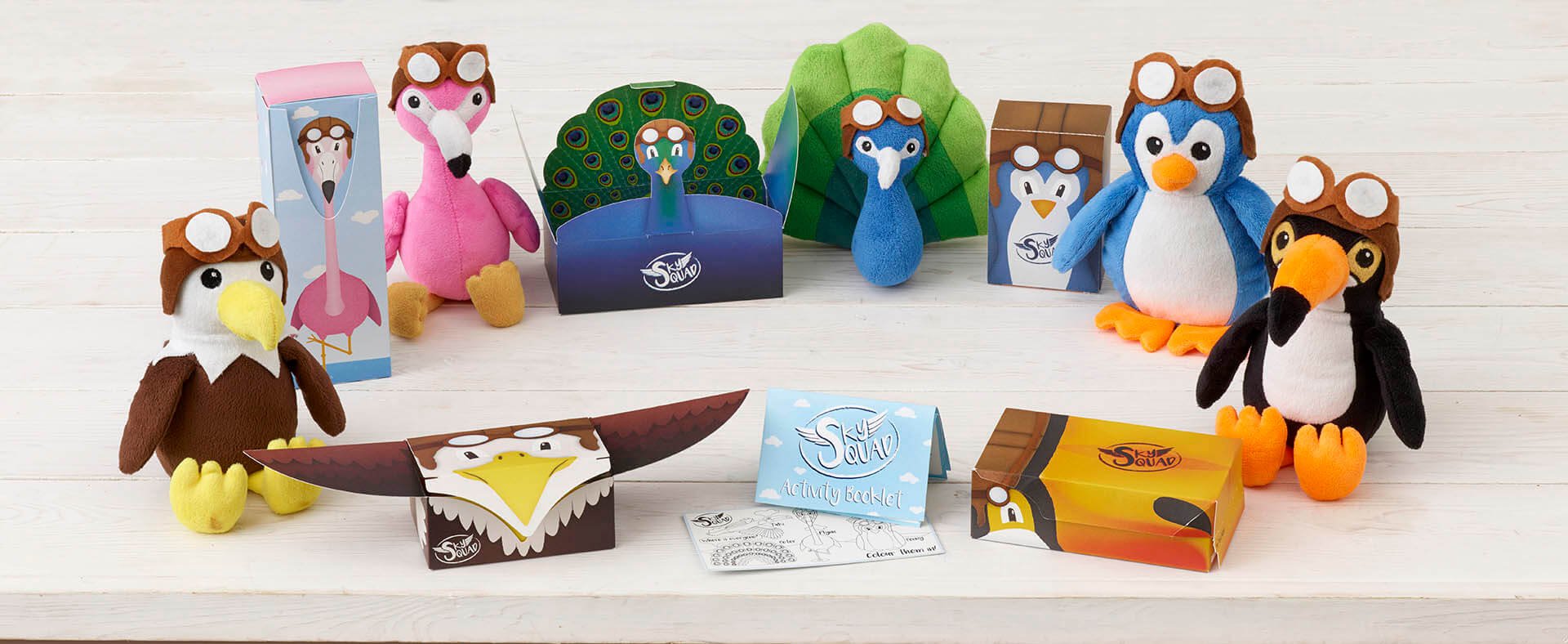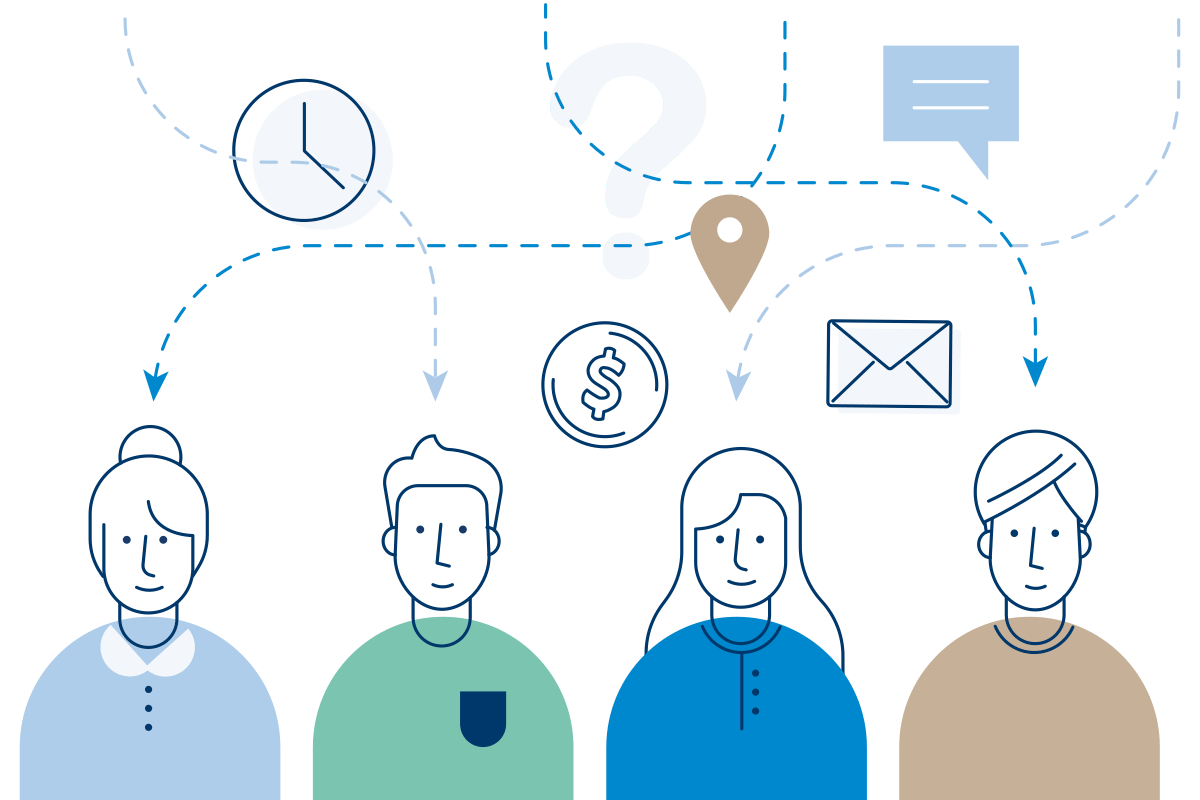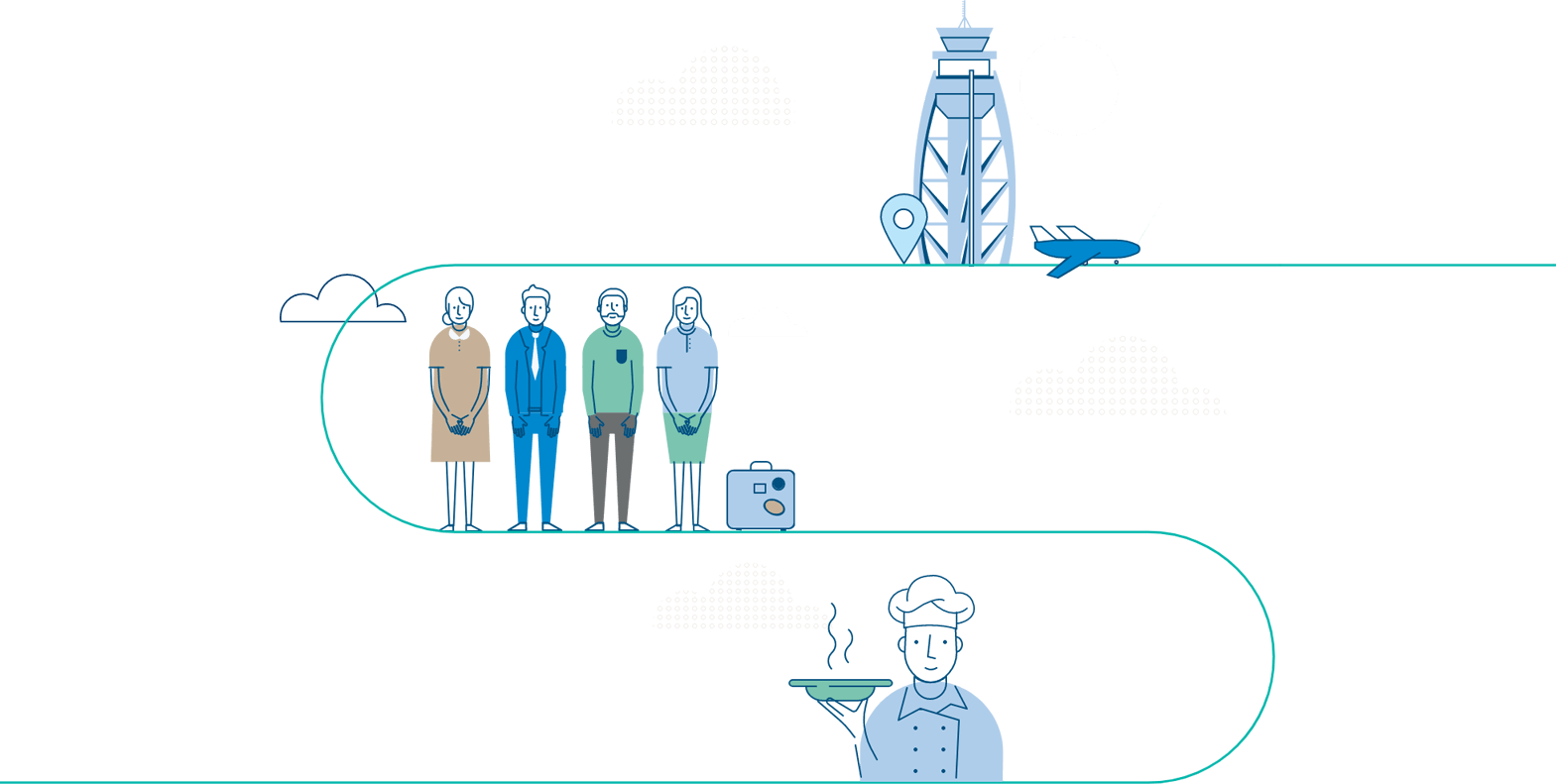Contact us
Contact us

Scroll down
People
Marketing your buy onboard offering
How to motivate the crew and effectively engage passengers?
Airlines looking to introduce inflight retail or scale-up their existing retail offer must consider customer appetite, journey and carefully manage the perception that they’re simply adding cost to a passenger’s journey.
While customer is key in defining how and when retail is introduced, it is vitally important that the people who come into closest contact with customers - the crew - are also onboard.
We mentioned the important role of product in delivering an engaging inflight retail experience in a recent article. However, incentivising and engaging crew plays a bigger role in the customer experience and can prove the difference between a successful retail experiment or one gone wrong.
Bringing crews onboard
Ensuring crew are ‘onboard’ with retail requires more than one-way communication. Crew must be valued as key, commercial stakeholders - rather than a final line of delivery. Engagement, training and incentives will drive performance.
From an engagement perspective, they need to be engaged in the role and the product and brands they’re promoting.
Alpha LSG Inflight Retail & Managed Services Director Alan Hayes said: “Passengers are much more likely to buy from someone they like, who they have a rapport with and who they feel knows the products well.
That’s not unique to aviation.”
In studies by the Queens School of Business and by the Gallup Organization, disengaged workers had 37% higher absenteeism, 49% more accidents, and 60% more errors and defects.
Product demonstrations and ‘sales surgeries’ with key suppliers provide selling tips and help engage crew in the critical role they play.
While the crew population is considerable, ensuring they get opportunities to connect with suppliers for knowledge and training is invaluable.
That training needs to encompass not only traditional sales techniques but also management of technology onboard - include POS. An experienced retail provider, like dnata, will ensure these diverse stakeholders are brought together to deliver a seamless experience for crew and passengers
Online crew portals, crew room area displays and applications provide a modern, mobile method for training and engagement to be kept alive, and at the fingertips of crew.
Incentivising your onboard leaders
Critically, crew are no different to sales people who flourish when they know they’ll be rewarded for outstanding performance.
Amongst other initiatives, Alpha LSG has also developed the annual ‘OMG’ cabin crew awards, which recognise the achievements of cabin crew and, combined with a pioneering new training programme, form part of a strategic initiative to help increase inflight sales performance.
“This has taken a number of years to develop and suppliers are now seeing that upfront investment to incentivise product sales is paying off, with an uplift in sales for products crew focus on,” says Alan Hayes.
Challenges of BoB marketing
While competition between airlines is as keen as ever, one of their fiercest foes is on the ground. The competitive nature of the airport environment is getting more vigorous every day, with airport retail and food and beverage making up 40% of European non-aeronautical revenue in 2015, while car-parking contributed around 20%. Airports are improving their technology to get customers airside quicker than ever before and although that’s better for the customer experience – and air crews receive a happier, fresher customer – it also means those customers have more time to dwell in the airport shopping experience.
“It is critical that companies like ours put together really strong marketing propositions to tempt customers to dine onboard, buy onboard, eat onboard, drink onboard and shop onboard - rather than the glitzy airport environment. Fundamentally, it is critical for airlines to see that revenue stream coming through to keep the ticket price competitive and generate that extra revenue from ancillary services,” said Robin Padgett, Divisional Senior Vice President of dnata’s catering division.
Rightly or wrongly, retail onboard and buying onboard don’t come with a great reputation – and that’s where experienced inflight retailers offer the difference.







Service providers develop good tactical partnerships that can really work in the pre-order and buy onboard space – employing good, solid recognisable brands that customers would recognise while out shopping on the high street.
Typically travellers don’t start to think about food until about 72 hours before they fly, after they have tackled travel insurance, packing and currency exchange. Alpha LSG develops tools to start reaching out at this optimal time. They link directly with the airlines to produce marketing assets that sit neatly in the flyer’s IT solutions, such as pre-departure emails with information about online offers, allowing customers to browse before they fly.
But while there’s good success with this, there is now a push to match the right customers to the right offer at a much earlier stage by tapping into airline data.
Understanding customers and getting insights before they travel allow a more

targeted experience. Across social and digital channels it’s possible to present advertisements that align with customers’ preferences.
This help us build up a picture of
Delving into data
The benefits to an airline of data crunching are twofold.
 The first is in terms of revenue. Using data tactically can help drive better product turnover because of improved product fit onboard, the right quantities, in the right space to be delivered quickly.
The first is in terms of revenue. Using data tactically can help drive better product turnover because of improved product fit onboard, the right quantities, in the right space to be delivered quickly.
The second benefit is mapping the right product to against the customer demographic. Aided by data insight, airlines can maximise revenue and customer satisfaction – a win-win for airlines and customers.
Alan Hayes says: “We can make the right product propositions and make them work. An airline can buy a product range, no problem at all. They can go out to the marketplace and chat to suppliers and line up 100 or 200 products to go onboard. What we will do is make sure they are the right 200 products for that customer demographic and then make those 200 products work incredibly hard through the marketing and crew engagement strategies, so that they maximise revenues – that’s where we add value. It’s one thing buying a product range. It’s another thing how you category manage it, how you market it, how you engage with the crew and how you unlock the insights from technology – that’s the bit where we really add value.”
Avoiding the pitfalls
Airlines that have struggled with buy onboard programmes have often not positioned the change well (as a value add!) and have failed to bring crews along on the journey.

At dnata we understand your people, when properly engaged and incentivised, will deliver exponential growth for your retail programme. To find out how we can help you maximise the power of your people, get in touch through the below form.
Stephen Smith Marketing Communications Manager | dnata catering February 1, 2019
Did we whet your appetite for knowledge?
Let us know by endorsing this piece.
By clapping more or less, you can signal to us which stories stand out.

54
endorsements
Contact us
Want to improve your retail offering? Fill in the form to schedule a consultation with our experts.
Recommended for you
About dnata catering

Over
63 locations

More than
190
airline customers

Over
117m
meals annually

Contact us
Contact us
dnata Cookies Policy
Our website uses cookies, as almost all websites do. See more details on Cookie policy.


